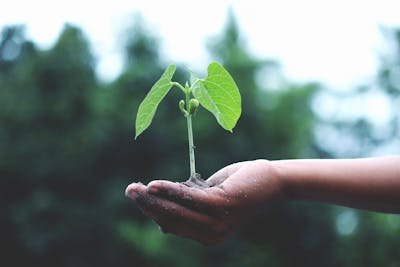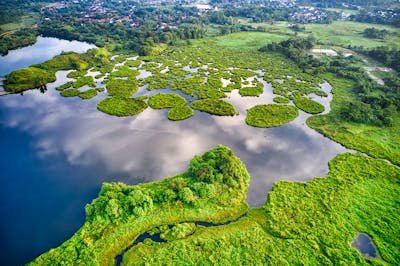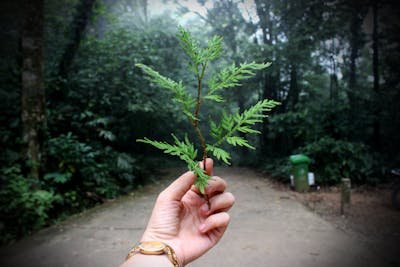Ecological balance refers to the stability and harmony that exist in natural ecosystems when all species and elements work together. Every organism, from the smallest bacteria to the largest predators, plays a role in maintaining this balance. Nature’s interconnected web is made up of relationships between species and their environment, creating a system where everything is dependent on each other. This balance is crucial for the survival of ecosystems, and any disruption can lead to serious consequences for the environment and all living creatures.
Table: Key Aspects of Ecological Balance
| Aspect | Description |
|---|---|
| Species Interaction | Relationships between organisms |
| Resource Availability | Distribution of food, water, and shelter |
| Natural Processes | Processes like pollination and decomposition |
| Ecosystem Stability | Ability to recover from changes |
The Role of Species Interaction in Ecological Balance
In any ecosystem, species interaction plays a major role in maintaining ecological balance. Predators, prey, plants, and even microorganisms depend on each other for survival. For example, predators help control the population of herbivores, which in turn keeps plant life from being overgrazed. When these relationships are disturbed, such as when a species becomes extinct, it can disrupt the entire ecosystem. Each organism has its specific role in the ecosystem, and the removal of one can affect the others.
Resource Availability and Ecosystem Health
For ecosystems to thrive, there must be a balance in the availability of essential resources like food, water, and shelter. These resources are not unlimited, so the species within the ecosystem must compete for them. When resources are available in the right amounts, the ecosystem can function smoothly. However, when there is a shortage or overuse of resources, it can lead to imbalance, causing some species to die out or migrate to other areas. Human activities such as deforestation and pollution often disrupt the natural flow of resources in an ecosystem.
Natural Processes That Support Balance
Natural processes, such as pollination, decomposition, and nutrient cycling, play a vital role in keeping ecosystems balanced. For instance, pollinators like bees and butterflies help plants reproduce, while decomposers like fungi and bacteria break down dead matter to return nutrients to the soil. These processes ensure the continuous renewal of resources, supporting the life cycles of different species. When these processes are interrupted, it can lead to the breakdown of the ecosystem’s structure, making it difficult for the environment to support life.
Human Impact on Ecological Balance
Human activities have a significant impact on ecological balance. Urbanization, pollution, deforestation, and industrial activities can cause widespread damage to ecosystems. For example, cutting down forests disrupts the habitats of countless species and leads to a reduction in biodiversity. Pollution can poison water sources and harm both aquatic and land-based life. The introduction of invasive species can also disturb the balance, as these species often outcompete native ones for resources, leading to a decline in local populations. Protecting natural habitats and reducing human impact are critical to maintaining ecological balance.
The Importance of Biodiversity in Ecological Stability
Biodiversity is one of the cornerstones of ecological balance. A diverse ecosystem is more resilient to changes, such as disease outbreaks or climate shifts. This is because multiple species perform similar roles in an ecosystem, so if one species is affected, another can often step in to maintain balance. Loss of biodiversity, on the other hand, weakens ecosystems, making them more vulnerable to disruptions. Protecting biodiversity through conservation efforts is essential for ensuring that ecosystems remain stable and functional.
Conclusion: Protecting Nature’s Interconnected Web
Ecological balance is a delicate and complex system that depends on the interactions between species, the availability of resources, and natural processes. Human activities have put immense pressure on ecosystems, disrupting this balance and leading to environmental degradation. Understanding and protecting nature’s interconnected web is essential for the survival of all life forms on Earth. By conserving biodiversity, minimizing human impact, and supporting natural processes, we can help maintain ecological balance and ensure a healthy planet for future generations.



